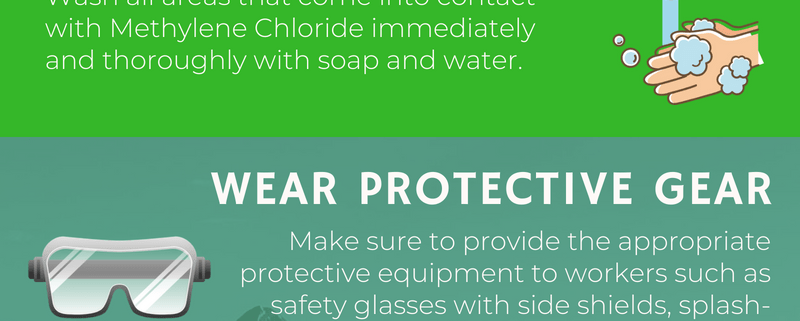The Benefits of Heptane
What is Heptane?
Heptane is a colorless liquid hydrocarbon of the alkane series. It is derived from crude oils such as petroleum. It has a gas-like odor and is often found in gasoline.
Benefits of Heptane
- Low density.
- Insoluble in water.
- Low boiling point.
- Low toxicity.
- Slow evaporation rate.
Common Heptane Applications
Heptane is often utilized as a non-polar solvent both industrially and in small laboratory applications.
Heptane is used in labs as a reagent, a solvent, and for organic synthesis.
Heptane Industrial Applications
Industrially, Heptane is used to manufacture various types of ink including printer ink, and stamp pad ink.
Heptane is also used to produce cements, compounders, and hospital anesthetics.
Heptane is also used to extract oil from vegetables as a cheaper and more environmentally friendly alternative to the traditional machine press method.
Pure Heptane or Hexane are not used for vegetable oil extraction, but rather a mixture of isomers that comprise commercial grade Heptane or Hexane.
Consumer Applications
Heptane is a component of many common consumer products.
Heptane is found in rubber cement, outdoor stove fuel, and in paint coatings.
Printer ink bought in stores also contains Heptane–solvents like Heptane are common in types of ink, because they suspend the dye and help contribute to the final product being smooth, glossy, and long lasting.
Heptane and Gasoline
Heptane is known best to consumers by its role in the creation of common gasoline.
Heptane and similar products like Hexane are derived from crude oils.
The same petroleum that becomes fuel for the average car is what will create Heptane and Hexane.
Heptane has its own special role in the fuel industry.
The commonly known Octane rating scale would not exist without Heptane.
The Octane scale rates how good or bad a specific brand of fuel is supposed to be for a car’s engine.
Pure Heptane sits at 0% on the Octane scale–the higher the rating, the more compression the fuel can handle before igniting.
Therefore, Heptane is better off in a laboratory or a warehouse than in a car’s engine.
Safety and Handling
Heptane is less toxic than products like MEK or Hexane, but proper safety measures should always be taken when handling this product:
- Heptane has highly flammable liquids and vapors.
- Heptane may be fatal if swallowed.
- Heptane causes skin erosion or irritation.
- Store in a cool dry place away from heat sources.
- Liquid causes irritation to eyes and nose.
- Read the SDS for Heptane before making use of the product.
If you would like to purchase Heptane, please call (800)-563-1305 or shop online here.







